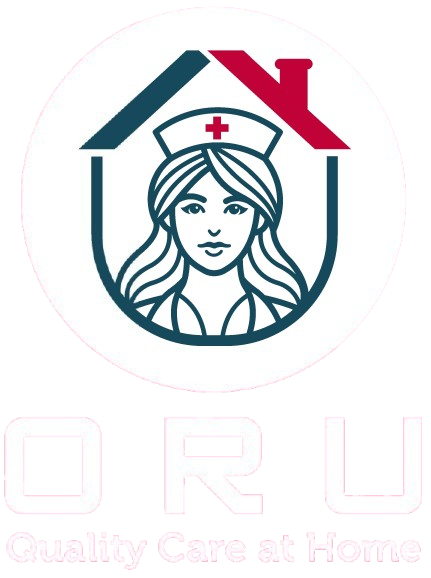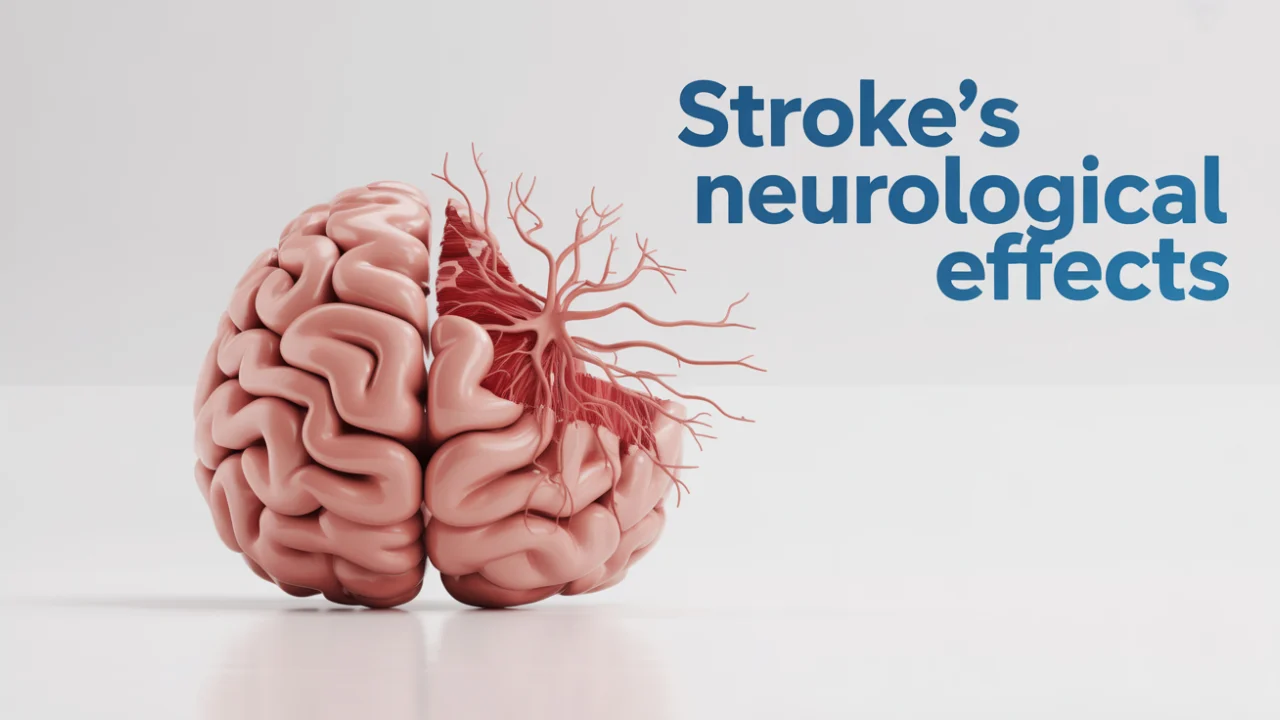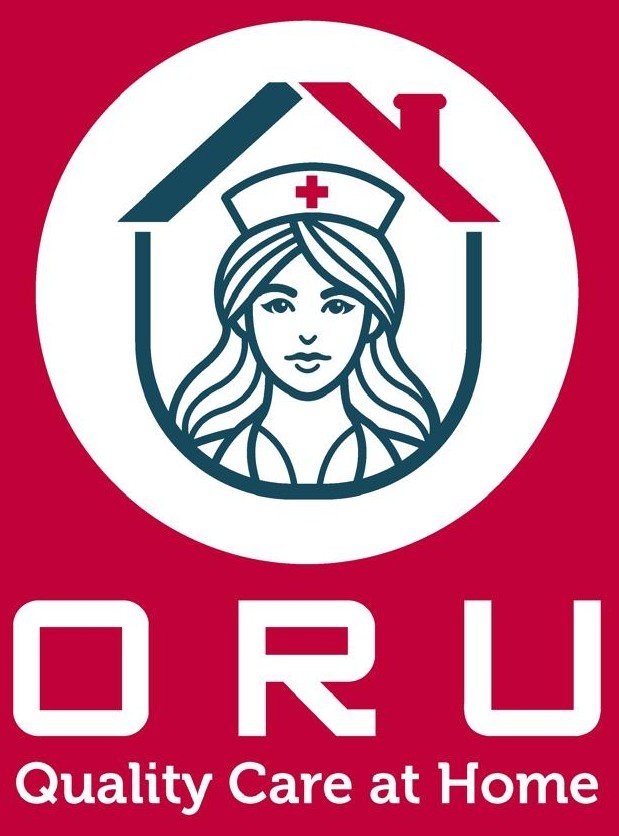Types of Stroke: Symptoms, Causes, Effects & Treatments
A stroke is a medical emergency that occurs when the blood flow to the brain is blocked or a blood vessel inside the brain suddenly bursts.
But, in both cases, brain cells start to get damaged within minutes and cause a stroke. This happens due to lack of oxygen and nutrients.
However, globally, stroke is a leading cause of death and disability, and there are more than 11.9 million new stroke cases each year.
As we are discussing various types of strokes, you should know that – ischemic stroke, hemorrhagic stroke, and transient ischemic attack (TIA) are some of the most common types.
These have different causes, symptoms, and treatments. Still, these stroke types require rapid diagnosis and treatment to prevent further brain injury and reduce the risk of another stroke. However, before we delve deeper, getting an overview and understanding the stroke type might help you a lot.
Latest Stroke Statistics to Know
- 11.9 million incidents and 93.8 million prevalent strokes in 2021; the reduction in incidence has stalled in several regions. Projected costs exceed US$890B/year.
>60% of strokes occur in people <70 years, and almost~16% occurs in those people who are less than 50 years. - According to the Lancet data, the first-ever stroke incidence ~96–188 per 100,000, with variability across districts and a higher ischemic share.
- Up to 17.8% 90-day stroke risk after TIA; ~50% of those strokes occur in the first 48 hours—and this basically seeks emergency care.
What Happens to the Brain During a Stroke
When a stroke occurs inside the brain, the flow of blood to the brain is suddenly interrupted. In an ischemic stroke, a blood clot or plaque blocks an artery leading to the brain. Additionally, in the case of the hemorrhagic stroke, an aneurysm or arteriovenous malformation can rupture, causing bleeding inside the brain. Some symptoms determine these:
A stroke on the left side of the brain may cause weakness on the right side of the body and speech difficulties.
A stroke on the right side of the brain can affect the left side of the body, spatial awareness, and vision.
Without prompt treatment, this injury to the brain can lead to lasting disability or death.
Globally, stroke affects people younger than 70 (over 60% of strokes), and about 16% occur in people under 50, and the number is increasing.
Ischemic Stroke: The Most Common Type
Ischemic stroke is one of the most common types of strokes. Almost 85% of all stroke cases are of this type, which happens due to a blood clot (thrombus) or, in this case, an embolus that blocks blood flow to the brain.
However, some common causes include:
- Atherosclerosis (plaque buildup inside the arteries)
- Cardioembolic events from the heart (such as atrial fibrillation)
- Small-vessel disease within the brain
Neurologically, the acute ischemic stroke damages the core brain tissue. But the surrounding area (the penumbra) is at risk, and may be saved with timely stroke treatment such as clot-busting drugs or mechanical thrombectomy. Without treatment, patients are at higher risk of another stroke and long-term disability.
The World Stroke Organization’s latest fact sheet reports 11.9 million incident strokes in 2021 and notes stagnation or increases in incidence and death rates in parts of Asia and Oceania since 2015. For India specifically, recent data show the first-ever stroke in people ranging roughly 96–188 per 100,000, with ischemic stroke dominating, underscoring growing vascular risk in both rural and urban settings.
Hemorrhagic Stroke: When Bleeding Damages the Brain
A hemorrhagic stroke occurs when a blood vessel in the brain suddenly bursts. This usually leads to a certain amount of bleeding in the brain. This type includes:
- Intracerebral hemorrhage (bleed within the brain tissue)
- Subarachnoid hemorrhage (bleeding on the surface of the brain)
Some common causes of this hemorrhagic stroke are high blood pressure, rupture of an aneurysm, or even an arteriovenous malformation. The bleeding inside the brain increases a huge pressure within the part of the skull. Thus, it damages the brain tissue and also reduces the chances of blood flow to different brain areas.
Treatment may involve controlling the blood pressure. Also, a surgery may be performed to remove a blood clot. Therefore, it repairs the ruptured vessel. Hemorrhagic strokes also require intensive stroke rehabilitation that helps to regain lost abilities.
Additionally, if you see the ratio, you will find that over 62% of strokes occur in people who are under 70. It means this stroke type affects people in their prime productive years. However, cautious anticoagulation and timely treatment of aneurysms or arteriovenous malformations are necessary as a preventive measure.
Transient Ischemic Attack (TIA) – The Warning Sign
A transient ischemic attack (TIA) is also known as a “mini-stroke,”. However, it temporarily causes some severe stroke symptoms, but needs to be resolved within minutes or hours. While it does not cause any permanent brain damage, it is a serious warning sign of a possible future stroke.
The Transient Ischemic Attack happens when the natural blood flow to the brain gets blocked, and this may happen even by a small blood clot. Also, the risk of stroke after the TIA is highest within the next 48 hours. This is the reason why a case of TIA should always be treated as a neurological emergency.
There are also some early diagnosis and treatment options available for different strokes. These include blood pressure control, cholesterol management, and anticoagulants—these methods successfully prevent the chances of a second stroke.
Cryptogenic Stroke and Brain Stem Stroke
Some strokes are known as cryptogenic strokes. It means the exact cause of such types of stroke is unknown, even thorough testing is performed. This process may involve blood clots from hidden heart rhythm disorders or even due to some small-vessel issues. So, identifying the proper risk factors is the key to preventing the chances of another stroke on time.
A brain stem stroke is very dangerous because the brain stem often controls some vital functions. These include breathing, heartbeat, and balance. Also, depending on the side of the brain stem that has been affected due to stroke, patients may experience some severe health problems such as paralysis, double vision, speech problems, or even a locked-in physical state.
Diagnosis and Successful Treatment of Stroke
Stroke diagnosis is an advanced and crucial method that usually begins with rapid imaging. It helps to detect the right kind of stroke –
- CT scans are effective in detecting the chances of bleeding or brain blockages.
- MRI similarly helps to identify smaller strokes, such as brain stem strokes, and even assists with the detection of silent strokes.
- CTA or MRA, on the other hand, shows the blockages in the arteries that affect the brain.
Treatment options depend on the type of stroke:
- Acute ischemic stroke: It requires clot-busting drugs and a mechanical clot removal process.
- Hemorrhagic stroke: To recover patients with this particular case, surgery is often performed. Therefore, it repairs the arteriovenous malformation and even stops bleeding.
- Transient Ischemic Attack: Some preventive measures are taken to avoid the chances of a future stroke.
Without prompt treatment, stroke patients often face higher disability and even severe mortality risks.
Stroke Rehabilitation and Prevention
Stroke rehabilitation is vital for many patients and helps them with faster recovery. Additionally, rehabilitation helps stroke survivors regain their natural movement, speech, and independence. However, the rehab plan depends on the location of the stroke, where the stroke occurs and the side of the brain that has been affected due to the stroke.
Furthermore, prevention focuses on controlling high blood pressure, managing cholesterol issues, and treating heart disease. Also, it is advisable to stop smoking and stay physically active to avoid the risk factors of stroke. These preventive steps are almost similar for ischemic stroke and hemorrhagic stroke management.
Conclusion
Knowing the type of stroke is important for planning the proper stroke care and preventing the chances of a second stroke.
Also, when you have a thorough and deep understanding of the main types of strokes, you may take better preventive steps.
While Ischemic strokes may require blood thinners, similarly, hemorrhagic strokes often require surgical repair and strict blood pressure management.
However, every stroke patient successfully benefits from this guide, should be aware of stroke risk, learn about the types of stroke symptoms, and can even take some fast action if another stroke occurs.






